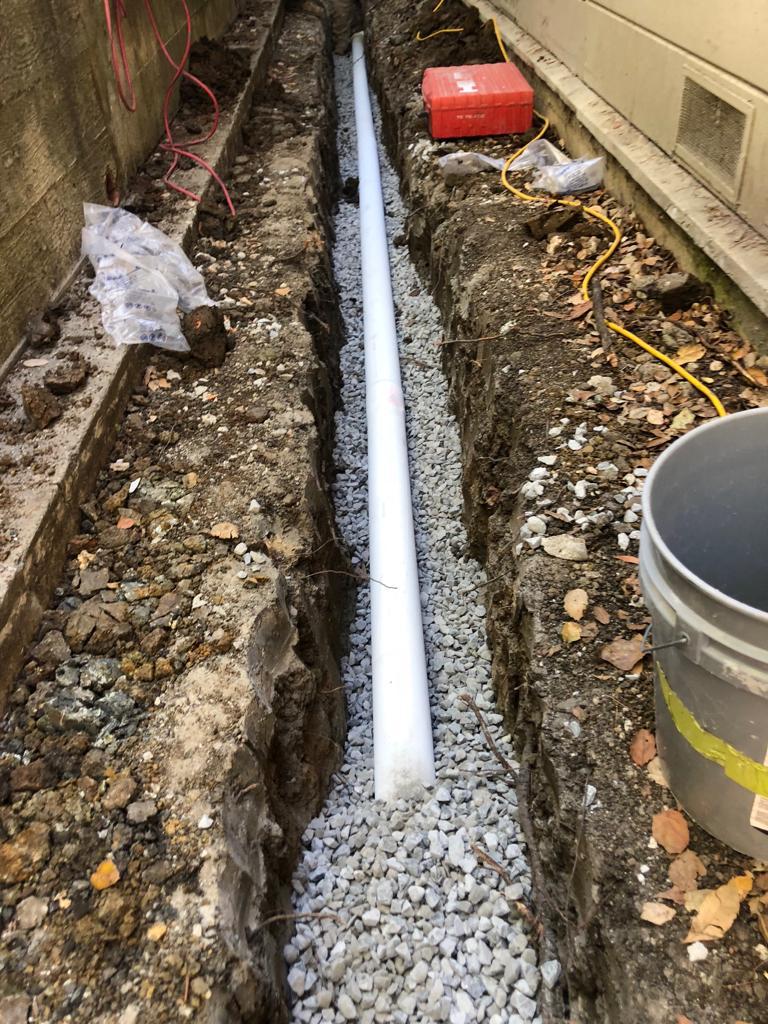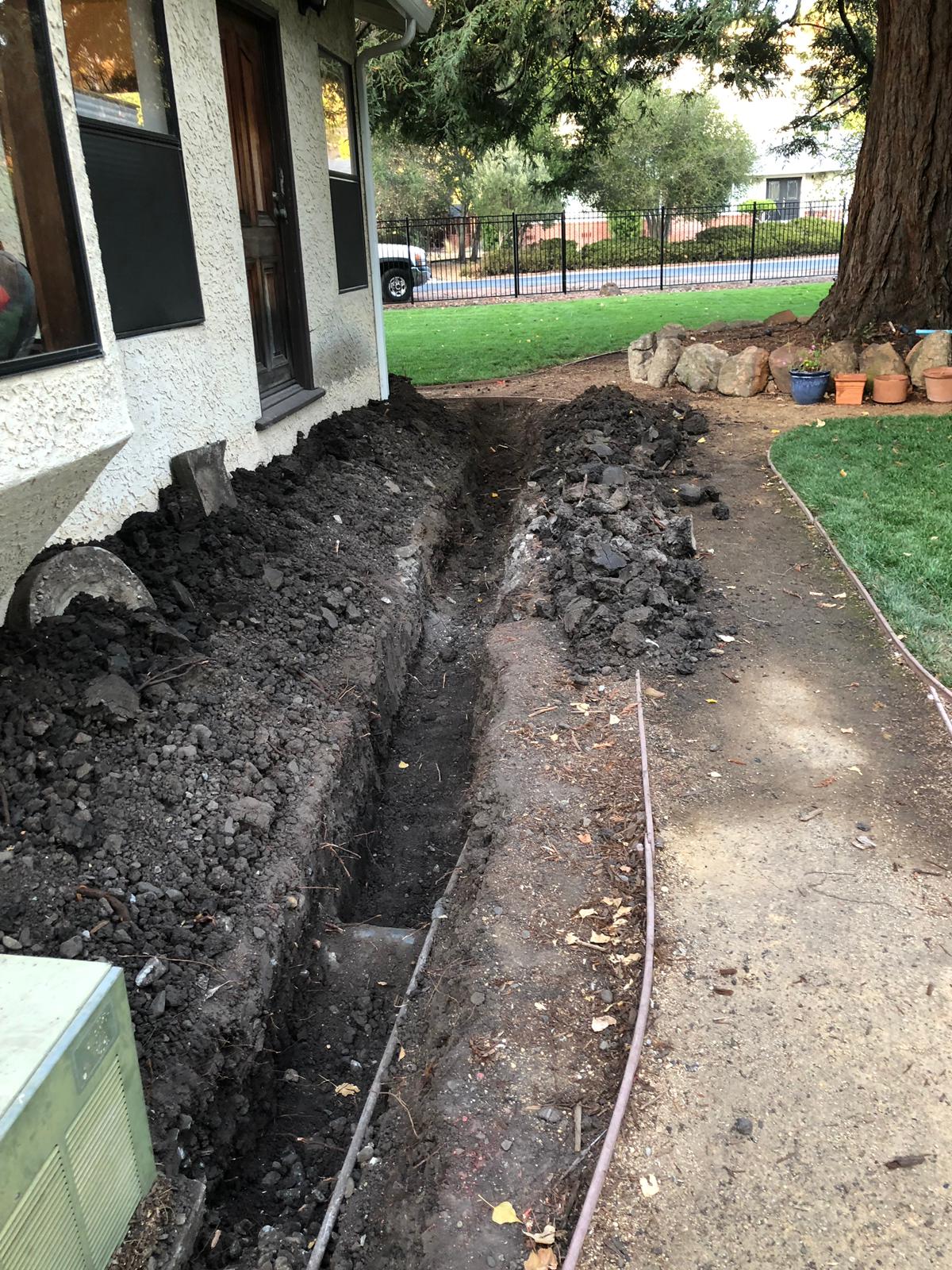Drainage Systems
Maintaining proper drainage, especially around the perimeter of your foundation, is one of the simplest yet most cost-effective ways of installing proper drainage, if not resolved early could lead to structural damage, which is much more expensive and complicated to repair.
Signs of Drainage Problem
The following are typical indicators of water intrusion:
Efflorescence
You’ll find this on concrete or block walls this white, chalky substance is in itself harmless, but because it indicates the presence of excessive moisture, you should not take it lightly. Water intrusion, in the long run, may eventually cause your home’s concrete or block walls to crumble.
Hydrostatic Pressure
Due to poor drainage resulting in the presence of excessive moisture , the soil around your foundation can become heavier. This increases the pressure exerted by the soil on your foundation walls and this, in turn, can cause your foundation walls to bulge, lean crack.
Settlement
Excess moisture in the soil around your foundation can cause the soil to sink, therefore causing your foundation to settle. Foundation settlement, in turn, causes cracks in the walls of your foundation, sloping floors and doors, windows that stick or are misaligned.
Drainage solutions
Installation of a Sump Pump
A sump pump is installed to pump water out of the basement, crawlspaces and other areas where long-term water pooling can cause the most structural damage. This may be the homeowner’s first line of defense against water accumulation around the foundation.
French Drains
French drains provide an easy path for water to flow through. Water runs into a gravel-filled trench, then into a perforated pipe at the bottom of the trench. Water travels freely through the pipe, which empties at a safe distance from the house where the water will not be able to come back towards the house. In the same trench we can install a solid pipe to catch all of your rain down spouts to eliminate unnecessary surface water.



